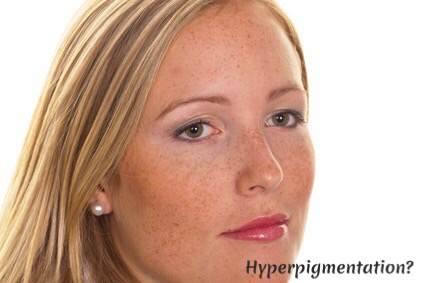SPF, PA, Sunscreen, Sunblock??
Which one is the best one for me?
While one-half of the globe sees the sexy golden tan as an epitome of skin perfection, our eastern oriental counterparts have always sought refuge from the sun in the quest for porcelain skin. But no matter how solar-seasoned we each prefer our skin tone to be, everyone needs sunscreen. With so many on the market, how well do you actually know about sunscreens?What is sunscreen?
On a simple way, sunscreen or sunblock is a solution containing protective chemicals which you apply on the surface of your skin to achieve some level of protection from the sun.How does it work?
How does it protect our skin from the sun? Well, the chemicals contained in sunscreens can either reflect, scatter, diffuse or absorb UV (ultraviolet) rays from the sun. This way, our skin isn’t directly exposed or harmed by UV rays.What about the sun?
When exposed to the sun, our bare skin will eventually get red, swollen and feel painful because the internal structures are damaged. This is commonly known as sunburn. The main responsible? Ultra Violet rays or UV rays from the sun. UV rays can be further split into UVA, UVB and UVC rays which all cannot be detected by the naked eye.UVA – The Ageing ray and main reason behind sun-related skin cancers. It destroys the vitamin A in our skin and also indirectly causes DNA damage.
UVB – The Sunburn ray. This ray directly causes DNA damage to skin cells.
UVC – The most powerful out of all three rays, but most often filtered so there’s almost none of it when it reaches our skin. Damages DNA directly too.
All three rays, UVA, UVB, and UVC damages the collagen fibers in our skin which is responsible for keeping our skin young, as collagen contributes to the elasticity of our skin. So, it is reasonably clear that UV rays contribute significantly to accelerate aging of our skin as well as any part of the body exposed to it, such as our eyes.
What do SPF, PA and Broad Spectrum on sunscreen bottles mean?
SPF
Stands for Sun Protection Factor. It is a way of expressing how effective a sunscreen is at protecting against UVB rays specifically. The numerical digit following SPF indicates how much time you’ll be able to withstand exposure to the sun before burning up in sunburn frenzy. For an example, if a person took 15 minutes to reach the state of being sun burnt, an SPF 30 sunscreen will delay his time to achieve a sunburn by 30 times more.A higher SPF will, of course, give better protection against UVB, but usually, SPF 30 would be sufficient for daily use. For people with lighter skin, a higher SPF such as SPF 50 would be more effective as they burn much faster compared to people with darker skin.
PA

ACSP Shop Caviar Day Block SerumSPF 50 - PA+++
Abbreviation for Protection Grade of UVA. It basically informs users about the level of protection towards UVA rays.
PA+ means the sunscreen provides some protection against UVA rays,
PA++ indicates moderate protection
PA+++ shows very good protective abilities against UVA rays.
Since UVA causes long-term skin damage, it is, therefore, advisable to go for sunscreens or sunblock with the highest Protection Grade of UVA (PA+++) rating. Sunscreens or sunblock that provide both UVB and UVA protection is termed Broad Spectrum.



